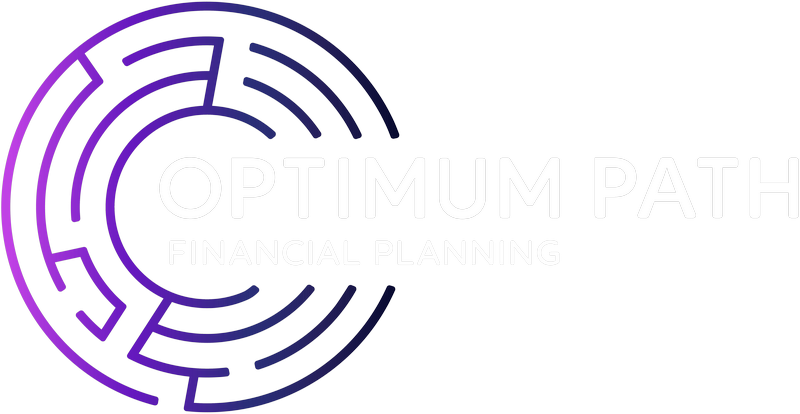16 February 2018
New tax year: The seven changes that will affect you from April
;)
The 2018/19 tax year begins on April 6th.
A a few came into effect immediately after the 2017 Budget, including the removal of Stamp Duty for properties costing less than £300,000 for first-time buyers. However, others won’t take effect until 6th April, it may therefore be difficult to remember exactly what changes could affect you from April.
Here’s what to expect when the new tax-year arrives:
1. Personal Allowance rises by £350
Currently, the first £11,500 you earn each year is tax free. This is the same for both employed and self-employed individuals. From April, this threshold will increase to £11,850.
That’s an additional £350 per year, or £29 per month, of tax-free income. (Source: Gov.uk)
2. Workplace pension minimum contributions to rise
Auto enrolment has meant that over nine million people are now paying into a workplace pension, with added contributions from their employer (Source: Department for Work & Pensions).
The initial roll-out phase will come to an end in the early months of 2018 and minimum contributions are due to rise. Currently, contributions are 1% for both employer and employee, however, this will increase in April to 2% employer and 3% employee, with further increases due in April 2019 to 3% employer and 5% employee contributions. (Source: Gov.uk)
3. Higher Junior ISA and Child Trust Fund Limits
Each year, the maximum deposits which can be made into Junior ISAs and Child Trust Funds increases in line with the consumer price Index (CPI).
In 2017/18 the limit is £4,128, but from April this will increase to £4,260. (Source: Gov.uk )
4. National Insurance contribution increase
Changes to National Insurance (NI) payments depend on your employment type:
If you are self-employed:
The rates at which you pay NI is not set to change until 2019. In April 2018, the government will introduce the National Insurance Contributions Bill, which aims to reform the way self-employed people pay NI.
If you are an employee:
- The Class 1 Lower Earnings Limit will increase to £116 per week
- The Primary and Secondary Limits will rise to £162 per week
- The Upper, Upper Secondary and Apprentice Upper Secondary Threshold will increase to £892 per week
- The rate of NI you pay will remain unchanged with Class 1 at 12%, the Secondary, Class 1A and Class 1B rates at 13.8% and the additional rate at 2%
- The Employment Allowance of £3,000 remains unchanged
(Source: Gov.uk)
5. Higher Lifetime Allowance
The Lifetime Allowance for pensions is due to increase for the first time since 2010. As inflation (as measured by the Consumer Price Index) saw a 3% increase in the year to September 2017, the Lifetime Allowance will increase accordingly.
This means that the £1 million threshold will rise to £1,030,000 million. (Source: Gov.uk)
6. Basic State Pension increase
Basic State Pension rises each year in line with triple lock; this is the highest of:
- Inflation (as measured by the Consumer Prices Index)
- Earnings growth
- 2.5%
Inflation hit 3% in 2017, so, for those receiving the full State Pension amount, the weekly income will rise from £159.55 to £164.33, a boost of £248.56 over the year. (Source: Gov.uk)
7. National Living Wage increase
The minimum hourly pay for employees aged 25 and over will rise by 4.4%, from £7.50 per hour to £7.83. Meanwhile, National Minimum Wage will increase for all age groups:
[table id=1 /]
(Source: Gov.uk)
Getting ready for the new tax year
Keeping informed about these changes and paying attention to the yearly increases and decreases means that you are better positioned to keep your finances in check when they come into effect.
By seeking independent financial advice and creating a financial plan which takes the annual Budget into account, you can remain confident in your financial stability.
Want to know more? Please get in touch with us on 01664 77 88 99.
Category: News
